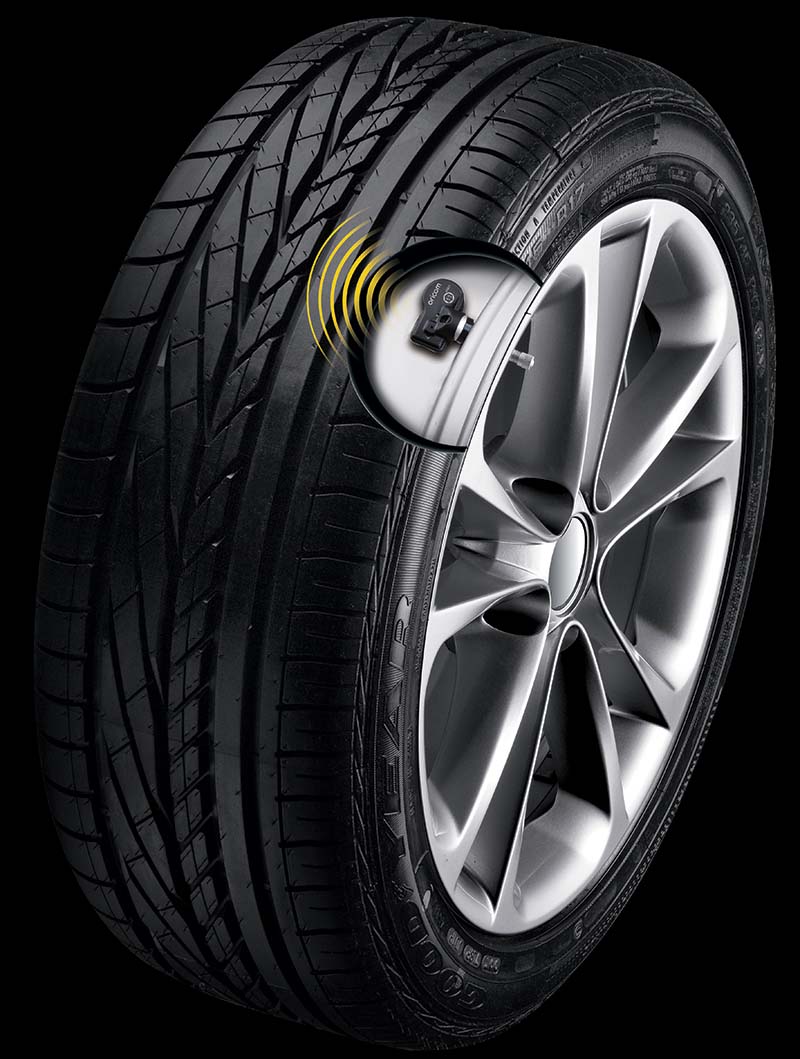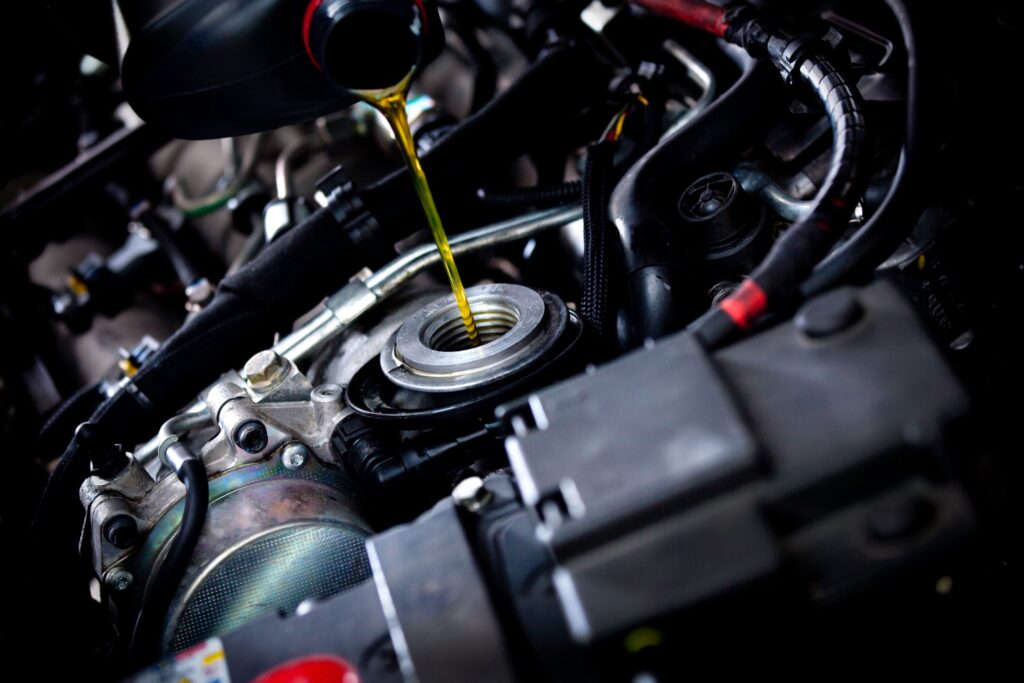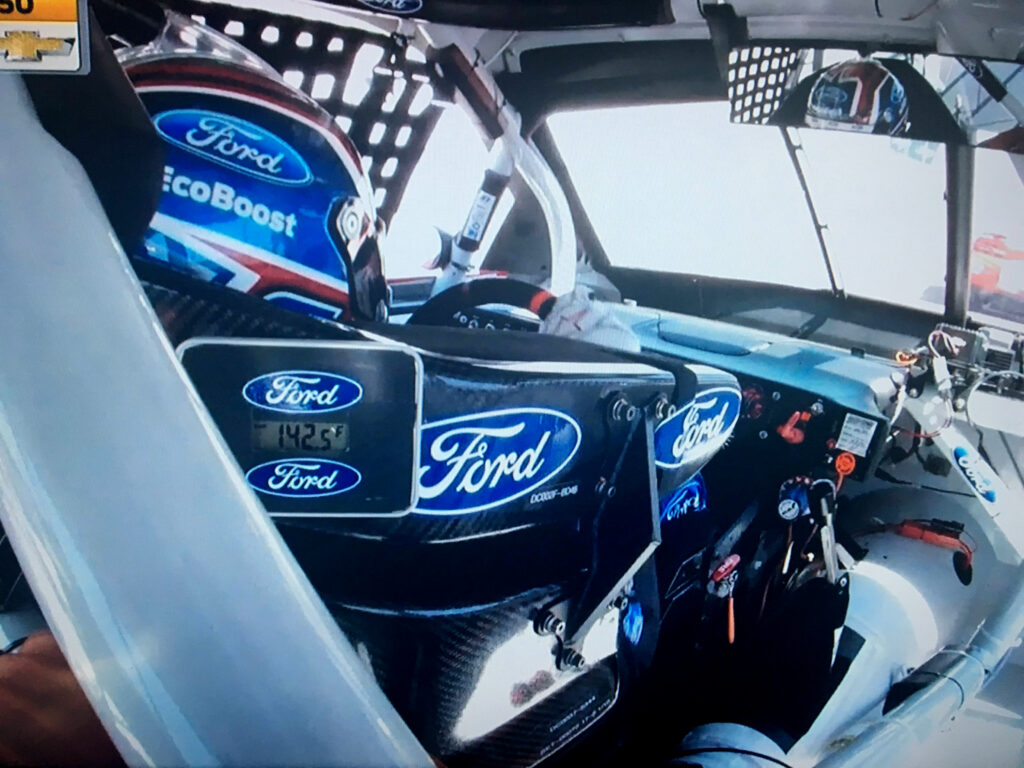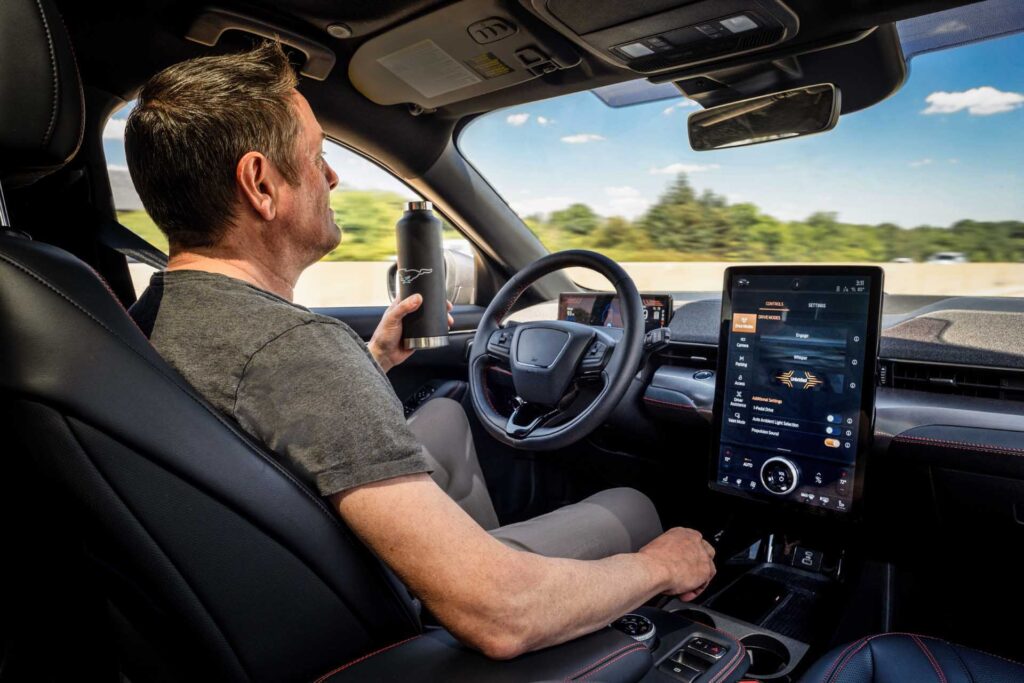There is an opinion that space exploration is not directly related to real-life on the Earth. Some argue that countries spend billions of dollars on futile searches for microbes on Mars while they should primarily focus on earthly issues. However, this is not true. Space has long become an integral part of our lives. It’s not just about technologies that rely on satellites (such as GPS or global weather forecasts), but also about everyday things that we now take for granted. And cars are no exception. In this article, we will talk about five automotive innovations that have emerged thanks to NASA.
Comfortable Seats
Thanks to space research, many drivers have gained access to more comfortable seats.

Back in the early days of space exploration, the aerospace administration started gathering information about the most comfortable positions for the human body in zero gravity. These findings were later actively utilized in the development of next-generation orbital technology, from the working areas of the International Space Station to the interior of the new Orion spacecraft.
But it didn’t stop there. In the early 2000s, Nissan Motor Company decided to utilize NASA’s research results to develop a new car seat design. It’s needless to explain how important this component is for drivers (and passengers as well), especially in situations when one has to operate a vehicle for a long time without the possibility of taking a break and leaving the seat.
After years of research and successful tests, in 2013, Nissan introduced the fifth generation of the Altima model equipped with seats created to NASA standards. Similar seats are now being installed in other models by the company.
Tire Pressure Sensors
Suddenly flattened tire have ruined the mood of many drivers on the roads. However, thanks to the implementation of tire pressure sensors, the risk of encountering such a situation has significantly decreased. This can be attributed to the Space Shuttle program.

Landing has always been one of the most dangerous elements of Space Shuttle missions, and a lot depended on the condition of the wheels. However, at the beginning of the program, there was no reliable way to accurately measure tire pressure during flight. After considering various options, NASA selected a proposal from a company that offered a promising technology for creating a pressure monitoring sensor. The essence of this technology was converting pressure into electrical resistance. By tracking its changes, engineers could obtain real-time data on the state of the shuttle’s wheels.
After successful testing, shuttles were equipped with tire pressure sensors. Later, the technology was adapted for the automotive industry. Currently, U.S. legislation requires the mandatory presence of tire pressure sensors in every car tire.
Engine Restoration Technologies
As known, mechanical components in engines wear out due to friction. This applies to any power unit, whether it is on a spacecraft or a car. To reduce wear, lubrication is typically used. However, it does not eliminate the actual damage but only slows down the process of its appearance.

Seeking to solve this problem, NASA became interested in promising materials that could restore damaged engine parts without replacement. Thus, the space agency decided to finance research to achieve this goal using nanotechnology.
The idea was to use existing liquid lubricants to deliver nanoparticles to the point of friction, where they would fill in tiny cracks and worn areas. This way, NASA could solve two tasks simultaneously: repairing damaged parts and extending the overall service life of the system. Studies showed that the best results could be achieved using a certain type of ceramic material.
Ironically, subsequent tests revealed that the proposed technology would not be very effective in real space travel. However, it found application in the automotive industry. Today, tens of thousands of cars, both passenger and commercial, use it to maintain engine parts in good condition.
Protection for Racers
During races, drivers of sports series like NASCAR literally have to sweat. The temperature inside the cockpit of a racing car can reach 80°C.

Once again, technologies developed for the Space Shuttle program came to the rescue. Based on the materials used to protect shuttles during re-entry into the atmosphere (where temperatures can reach 1700°C), automakers have developed a coating that protects drivers from excessive heat.
Another unpleasant thing that accompanies the working days of a racing driver is the exhaust gases that enter the cockpit. And once again, NASA’s legacy played a role. Engineers adapted the technology of space filters to create a purification system that provides the driver with fresh air during races.
Autonomous Navigation
Although autonomous vehicles are still in the testing phase, the technology of autonomous driving itself no longer seems like something futuristic. And, as with all the aforementioned examples, it is connected to space, more specifically, interplanetary exploration. After all, a spacecraft that lands on Mars or a rover that moves on its surface is located at a distance of several light minutes from our planet. They cannot afford to wait for commands from an operator on Earth. Therefore, space technology has to independently analyze the terrain, identify potentially dangerous areas, and, if necessary, change the route.

These technologies form the basis of modern autonomous vehicles. Lasers used for distance measurement, image recognition systems, and artificial intelligence—none of this would have been possible without prior experience in space exploration.

